
Several months ago I wrote a blog about the Disney Wilderness Preserve and I told you that I would follow up with a blog about our “Butterflies by Swamp Buggy Tour” there. Well, we had a wonderful time on the tour and here’s the blog I promised!

Before I describe the tour, I’d like to give a little bit more background on the history of this amazing property, which can trace its origin back to the Clean Water Act originally passed in 1972. Section 404 of that Federal Statute deals with “compensatory mitigation”. What that means in simple terms is that any activity which negatively impacts wetlands, streams or other aquatic resources must be offset by compensating mitigation activities (restoration, enhancement, establishment or preservation of resources) in another area.
In 1992 The Disney Corporation was still actively developing the vast Walt Disney World property and much of this development had exactly the sort of “negative impact” referred to above. They were draining and filling wetlands in order to build hotels, parks, shopping areas, etc. The Clean Water Act stipulated that they had to create, preserve or enhance an equal area of wetlands on another part of their property. At the same time they heard about the Walker Ranch, a nearby 8,500 acre tract which was being rezoned for urban development. This huge former wetland area at the headwaters of the Everglades had been ditched and drained many years ago. After extensive logging the property was used as a cattle ranch for several decades before the threat of development arose; the proposal was to convert this sensitive wildlife habitat to residential neighborhoods and golf courses.


Disney purchased the property, turned ownership over to The Nature Conservancy, then worked with the new owner to restore the wetlands. Drainage ditches were filled in, wetlands were restored and wildlife has returned. There is now 47% more water on the property than there was in 1992. The Nature Conservancy describes the Disney Wilderness Preserve as “wildly successful”.
These two brochures explain it much better than I can. Click on each of the four images below to see a larger, readable version.
Disney scored a very interesting “first” with their preserve. It was the first “off-site” mitigation ever done – the restoration was on property Disney did not own. They restored a huge area of wetlands, enough to offset future development on the Walt Disney World property. Once Disney had set this precedent other companies, including Orlando International Airport and Universal Studios followed suit; they added other parcels of land to the property. The preserve is now almost 12,000 acres or 19 square miles.
OK, that’s enough background, lets climb aboard our swamp buggy and I’ll let the pictures tell most of the story.
Carol and I, along with our friend and fellow Fort Wilderness camper Al from Missouri, were on the road just after 8:00 a.m. We were excited to participate in this once a year event, part of NatureFest, organized by VisitCentralFlorida.org. They only accept 15 registrants due to the seating capacity of the swamp buggy. It was a glorious, sunny Thursday morning as the three of us drove in the mile-and-a-half long lane from Old Pleasant Hill Road to the Disney Wilderness Preserve’s main office and Welcome Centre.




By 9:00 a.m. we were registered and had met our hosts for the day, the Preserve’s Operations Manager Petra Royston and lepidopterists (butterfly experts) Tom Palmer and Sue Farnsworth.

We spent a half hour in the Conservation Learning Centre where Tom gave us an audio-visual prevue of what we would be seeing during the day, then off we went to board our chariot . . . our really big chariot!


A pair of Florida Sand Cranes were on hand to see us off!
Petra was our guide and driver; as she drove she gave us a history of the preserve and pointed out plants, trees and points of interest.

Tom stood at the front of the buggy watching out for butterflies while Sue covered the rear.

We stopped a few times, disembarked and explored the grounds, capturing pictures of the many butterfly species which call the area home. We all had spotting guides to help us identify what we were seeing, but there was no time to look at a list when we were in hot pursuit! Thankfully Sue and Tom were always close at hand to tell us what we were looking at!



Eastern Tiger Swallowtail

Eastern Tiger Swallowtail

Fritillary

Fritillary
After a few miles we came to a sign directing us to Lake Russell; we walked the last few hundred yards to the scenic shoreline.


Lake Russell is unique in several ways! There is no development on the shore of the lake. It is pristine, that’s a rare thing in Florida. It is part of the headwaters of the Everglades and is fed by Reedy Creek. Yes, that’s the same Reedy Creek which runs through Walt Disney World about 15 miles to the north!



After spending a few minutes enjoying the natural beauty of the lake we returned to the swamp buggy and continued our journey, stopping often to walk around and snap more pictures.




A Ceraunus Blue – this butterfly is the size of the fingernail on your pinkie finger.

A Soldier
As we made our way south toward Lake Hatchineha our guide Petra explained how the drainage ditches were quickly filled in to restore the wetlands. She described how controlled fire is used in a three-year cycle to stimulate the growth of the longleaf pine forest. This variety of pine remains very small for about 6 years, resembling a tuft of grass while it develops a deep taproot. During this phase its tender bud is protected from the typically low and fast-moving fire by its long needles. Once the taproot is established the tree shoots up 6 feet or more in just a couple of years and is beyond the harmful reach of those fires.

Our adventure took us almost seven miles south to a guest cabin near the shore of Lake Hatchineha where we stopped for lunch. Carol had packed a few sandwiches for us and we enjoyed them on the veranda of the cabin which normally houses visiting scientists and students.


This big guy watched from a nearby tree while we ate lunch!

We passed several scientific monitoring stations during our travels.

A University of Central Florida research station.

This is a National Ecological Observatory Network (NEON) station.
According to the NEON web site it is “measuring the physical and chemical properties of atmosphere-related processes, such as humidity, wind, ozone and reactive nitrogen. They also measure net ecosystem exchange or the amount of gas that is exchanged between the atmosphere and the ecosystem”.
It’s quite an achievement; property that was perilously close to becoming another vast tract of urban sprawl is now a centre for ecological research and training. The Disney Wilderness Preserve is a living laboratory for conservation science!
Our return trip took us past some “snag oaks” – dead oak trees.

Oaks do not normally grow in wetlands, but once this property was drained they flourished in some areas. These dead oaks are a very clear sign that the wetland restoration efforts are a complete success.


The Disney Wilderness Preserve is home to 26 species of plants and 19 animals that are either rare, threatened or endangered. Petra explained the elaborate efforts that were required when they transported red-cockaded woodpeckers from north Florida and Georgia to the site. The species is on the brink of extinction and the Nature Conservancy is working hard to establish a thriving community at the preserve. Read about their efforts HERE.
We saw two red-cockaded woodpeckers off in the distance, too far away to get any pictures. Fortunately, we did get a closer look at another endangered species on our way back to our starting point. Just before our tour ended we spotted a few Florida Scrub Jays. This bird lives only in Florida and nests in scrub brush, usually only 3 to 6 feet above the ground. Extensive development in the central Florida area had reduced the bird’s natural habitat to the point where the population was depleted and the species was at significant risk. Since the Disney Wilderness Preserve was established and the wetlands were restored, the scrub oak has returned and the Florida Scrub Jay is making a resurgence.


Seeing these beautiful birds was a wonderful way to end our day at the Disney Wilderness Preserve!
The Walt Disney Company continues to fund a number of projects and activities at the Disney Wilderness Preserve. They are committed to conservation! As I said in my last blog, it makes me proud to be a Disney fan!
If you are looking for a very different sort of “Disney experience” why not plan a trip to the Disney Wilderness Preserve. While the swamp buggy tour only happens once a year, there are hiking trails and picnic areas you can enjoy anytime.
Click on the images above and below to see larger versions.
Here’s how to get there: From I-4 take Exit 58 onto Osceola-Polk County Line Road, Route 532 Eastbound. Turn left onto South Orange Blossom Trail (Hwy17-92), toward Poinciana/Kissimmee. Turn right on Poinciana Boulevard and continue approximately 13 miles. Turn right onto Pleasant Hill Road. Turn left onto Old Pleasant Hill Road, Drive approximately ½ mile and turn left onto the Preserve’s Scrub Jay Trail.
Carol and I hope you take the time to visit the Disney Wilderness Preserve and that you enjoy it as much as we did!









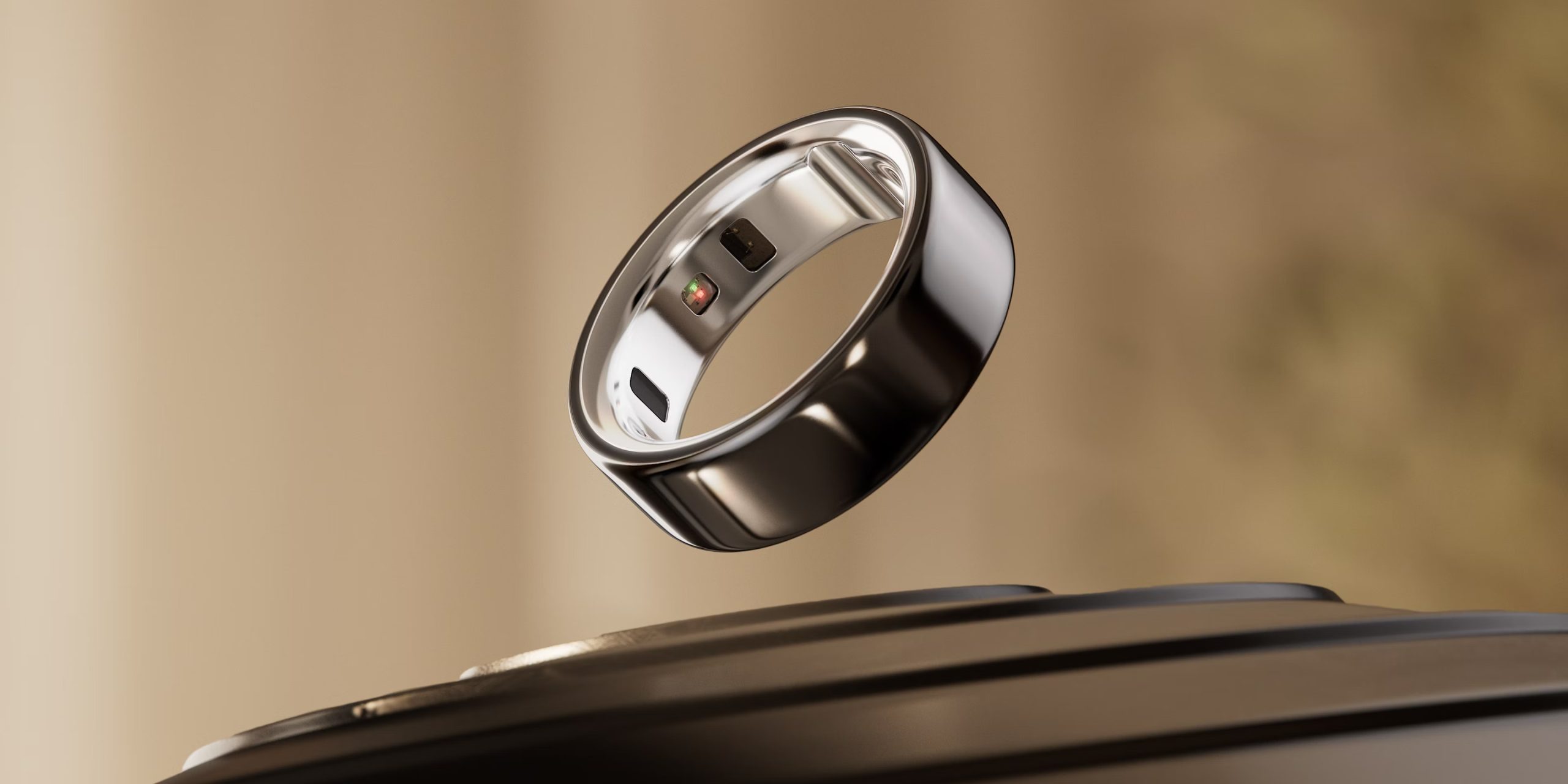
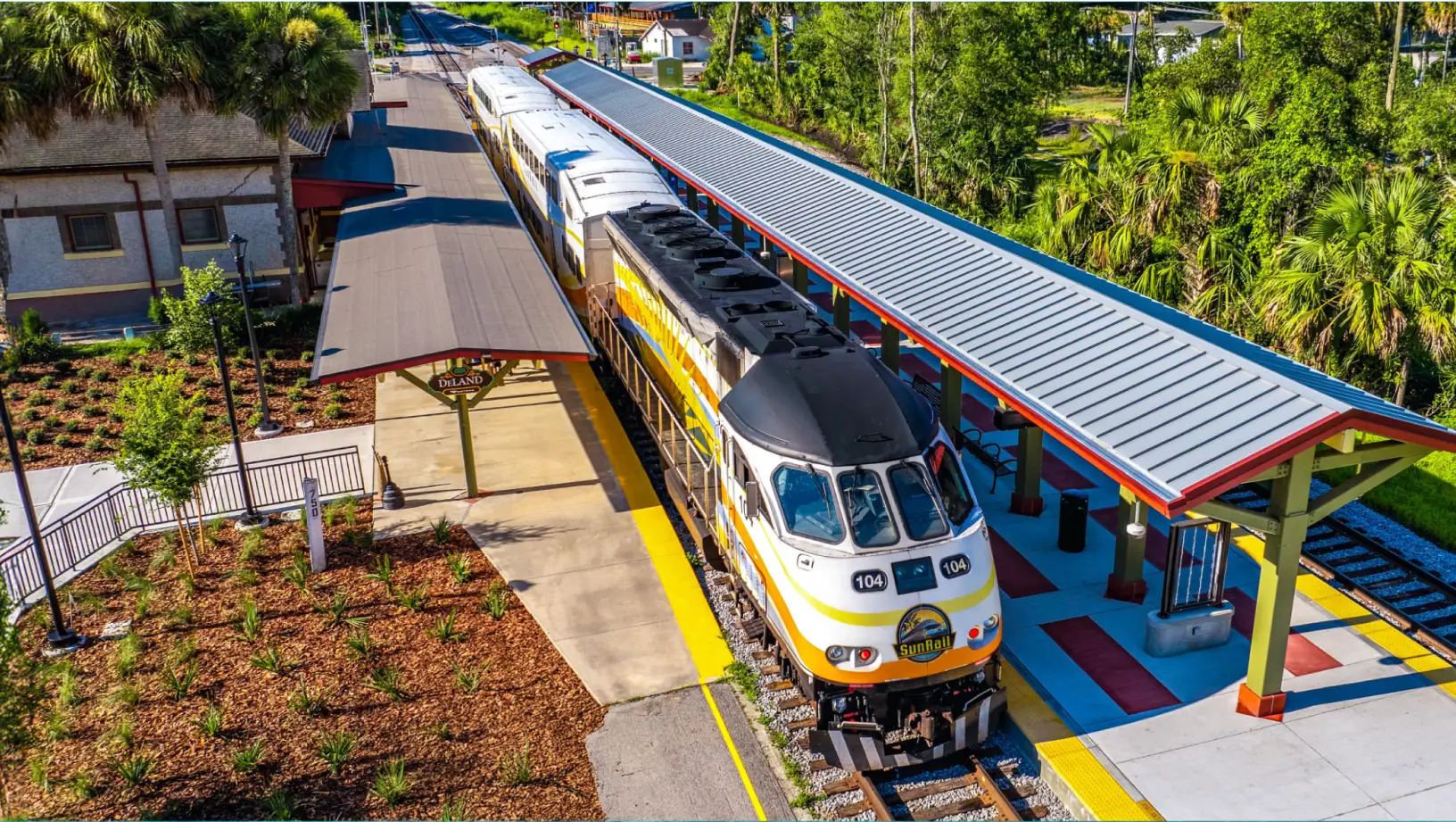
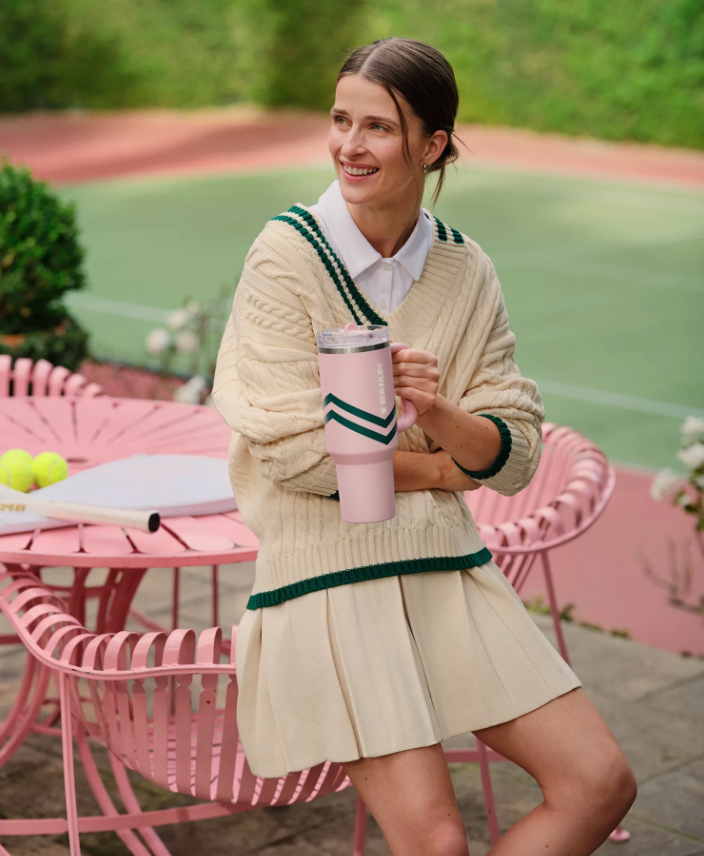
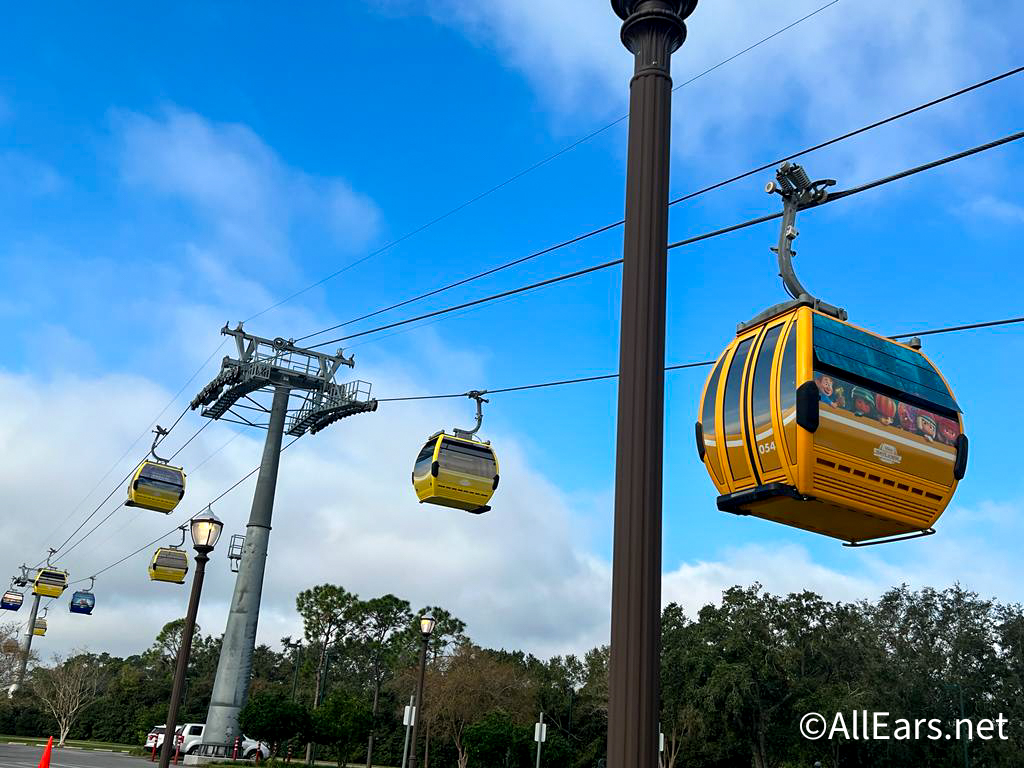

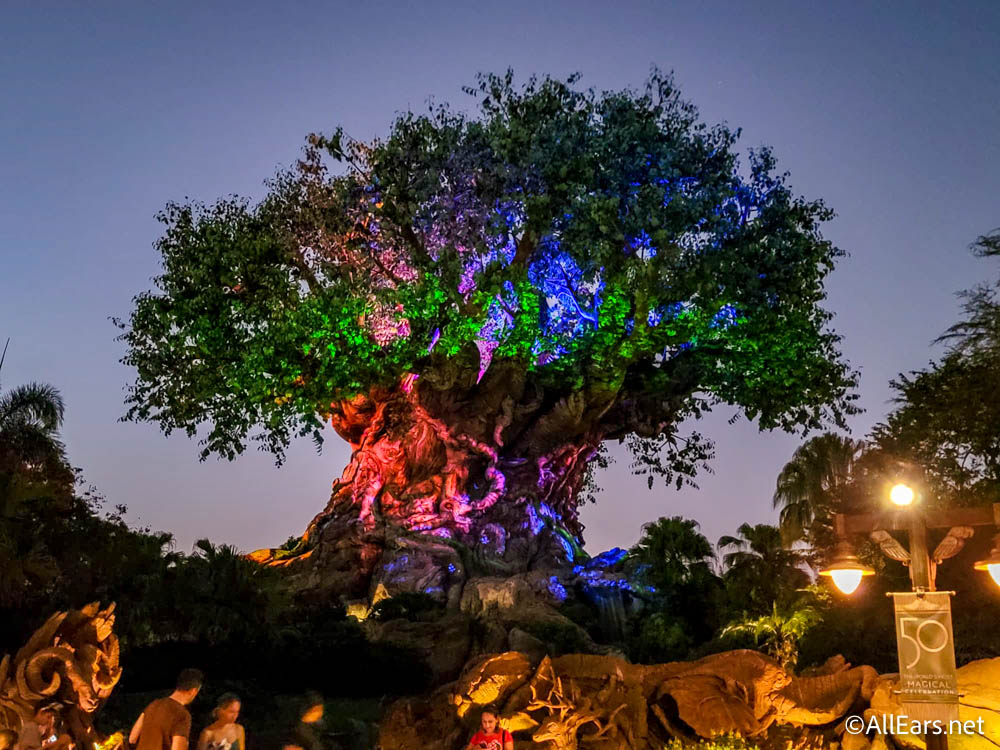
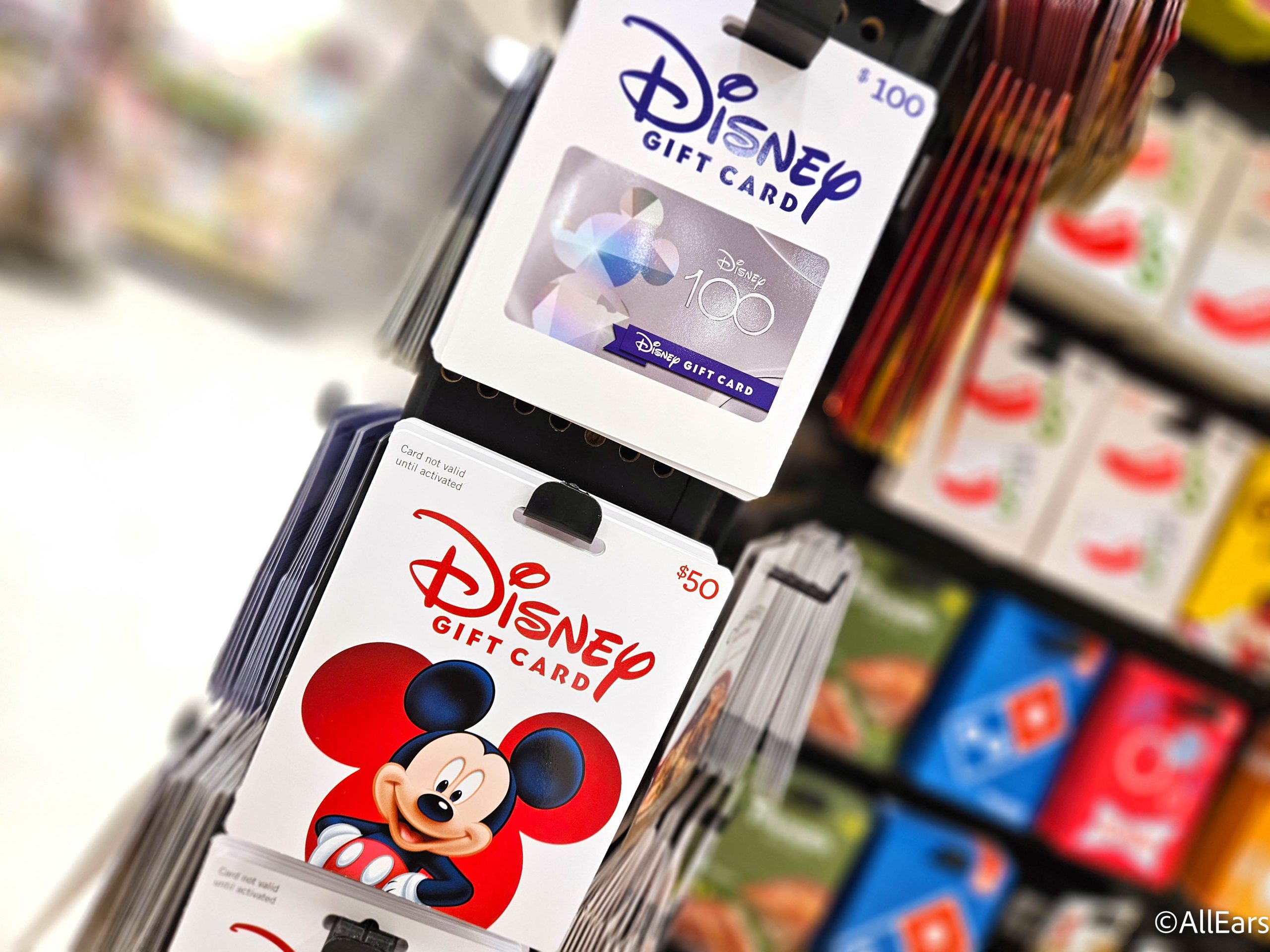
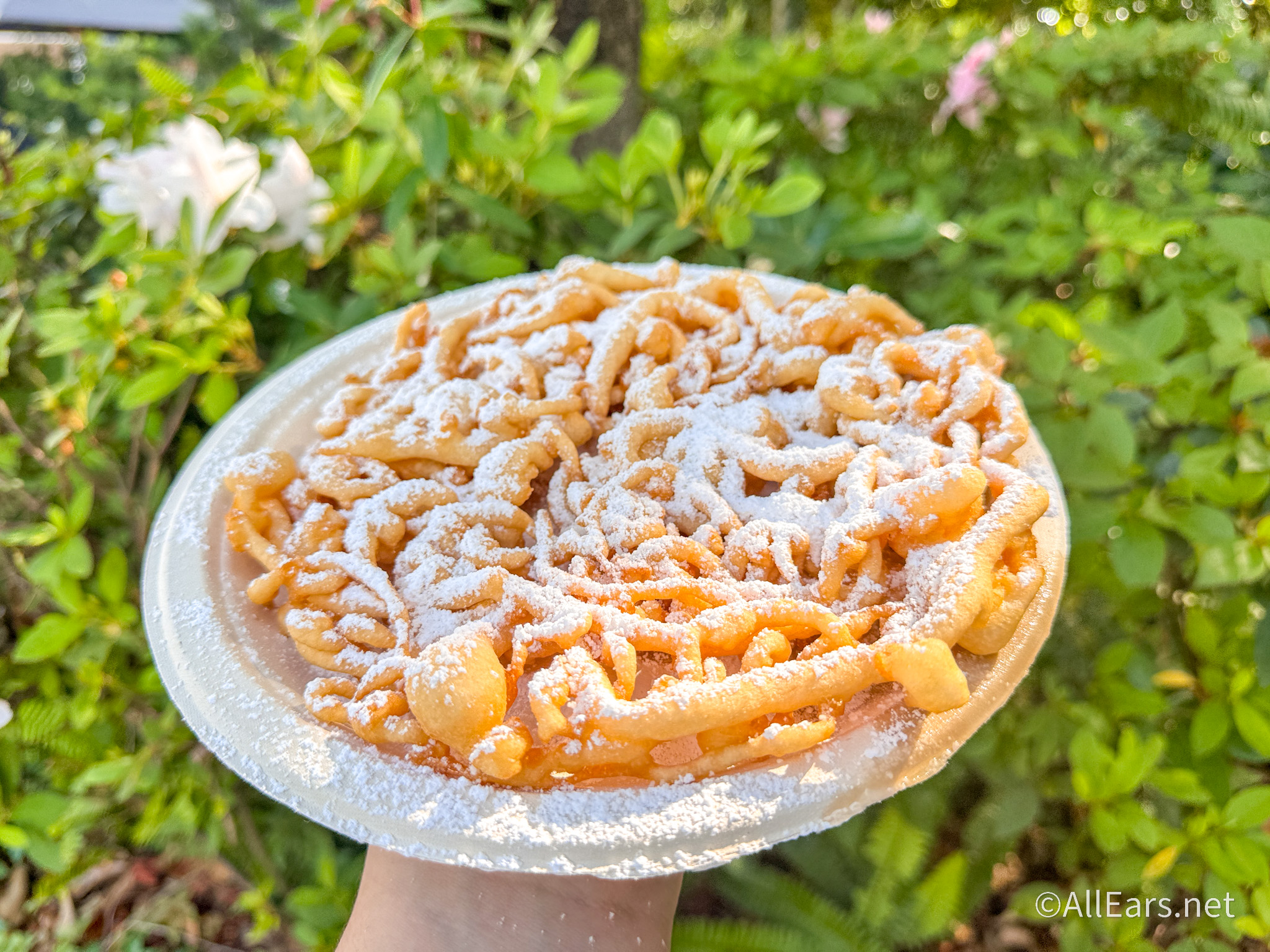
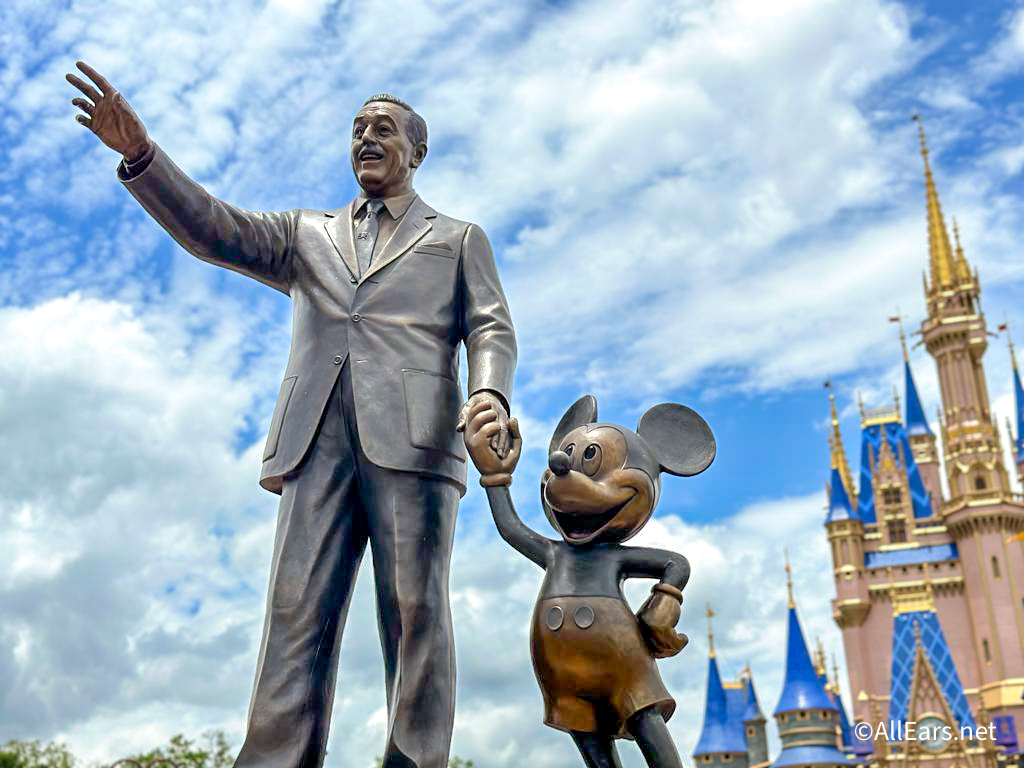
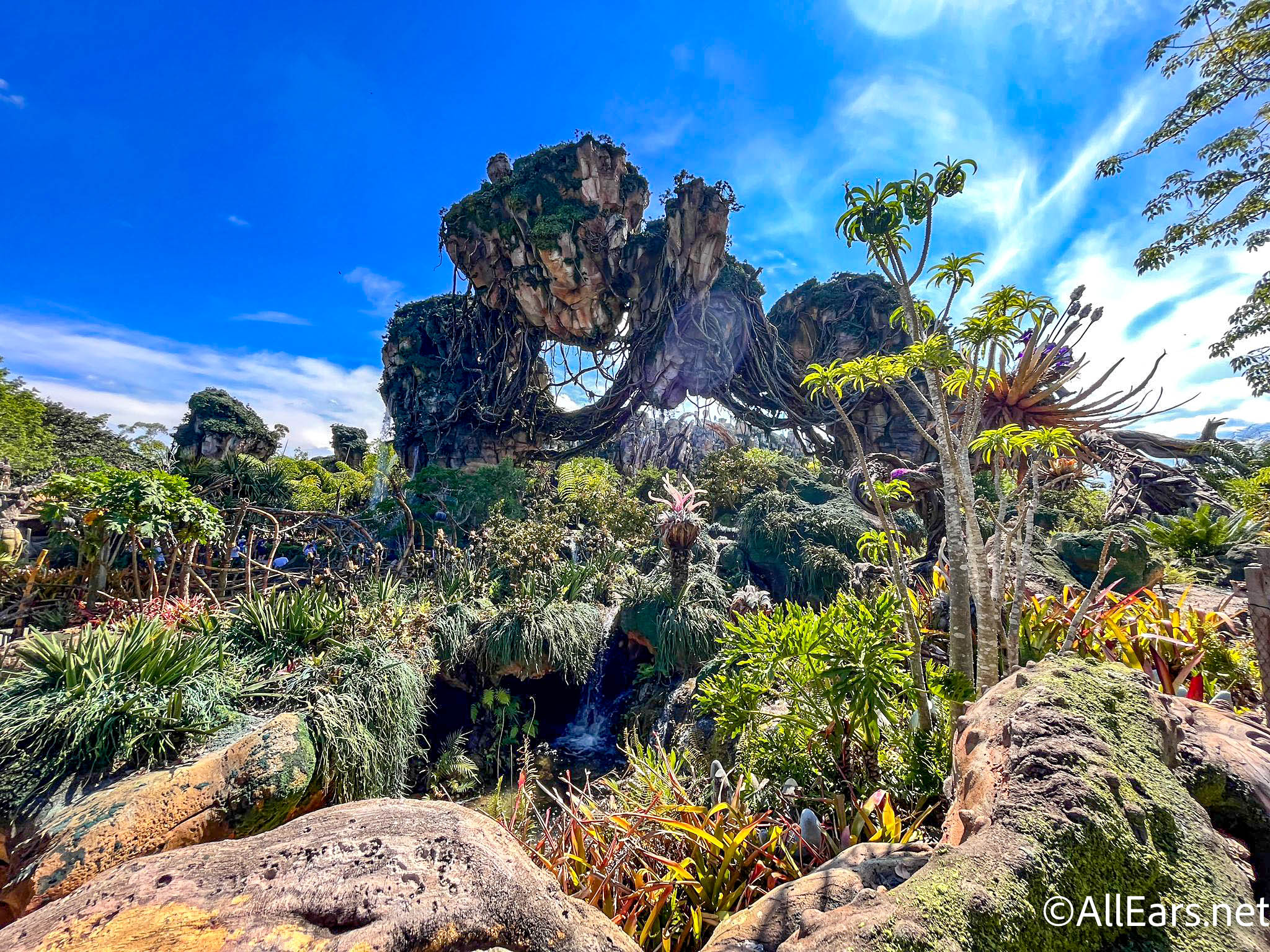
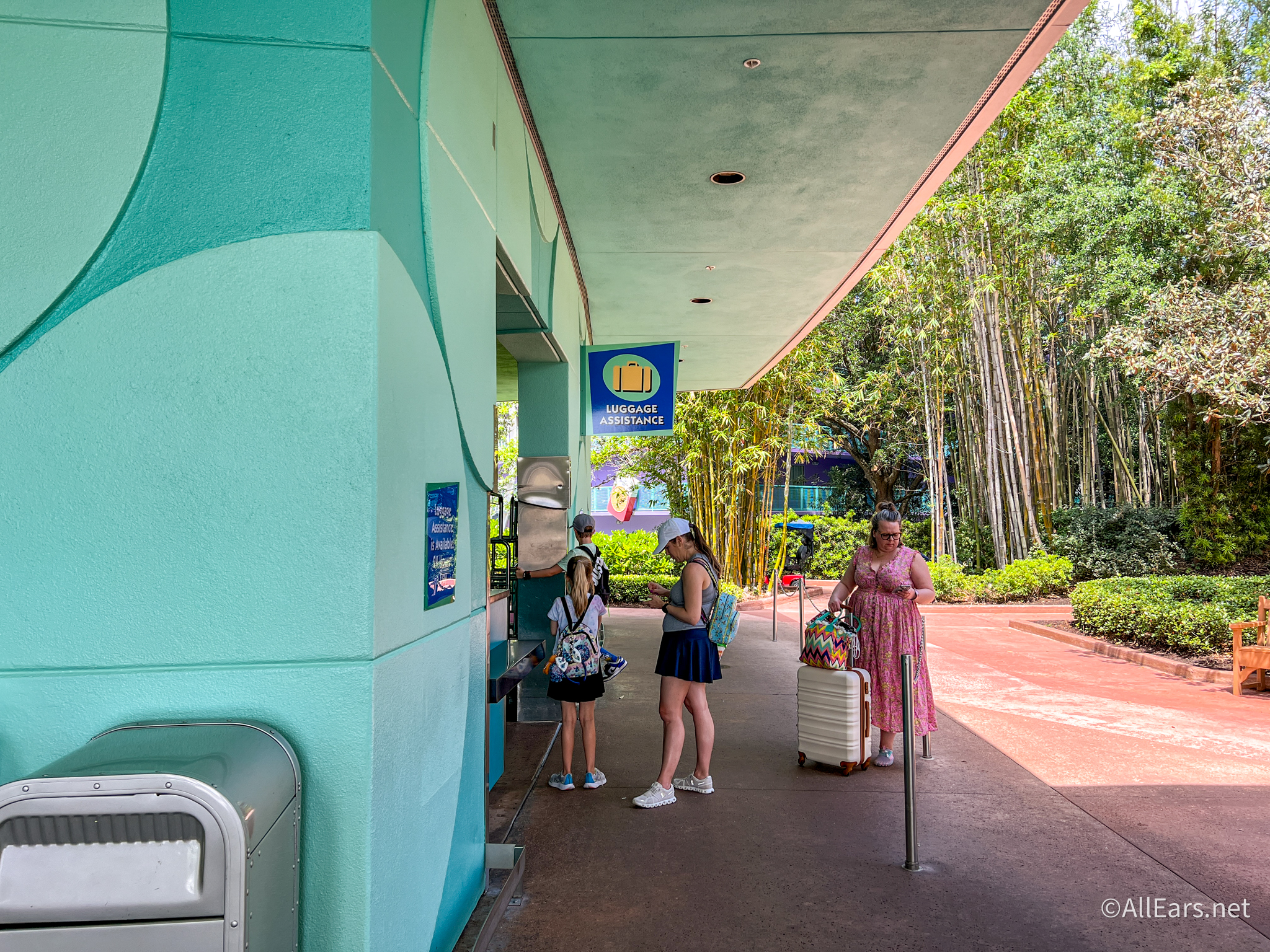
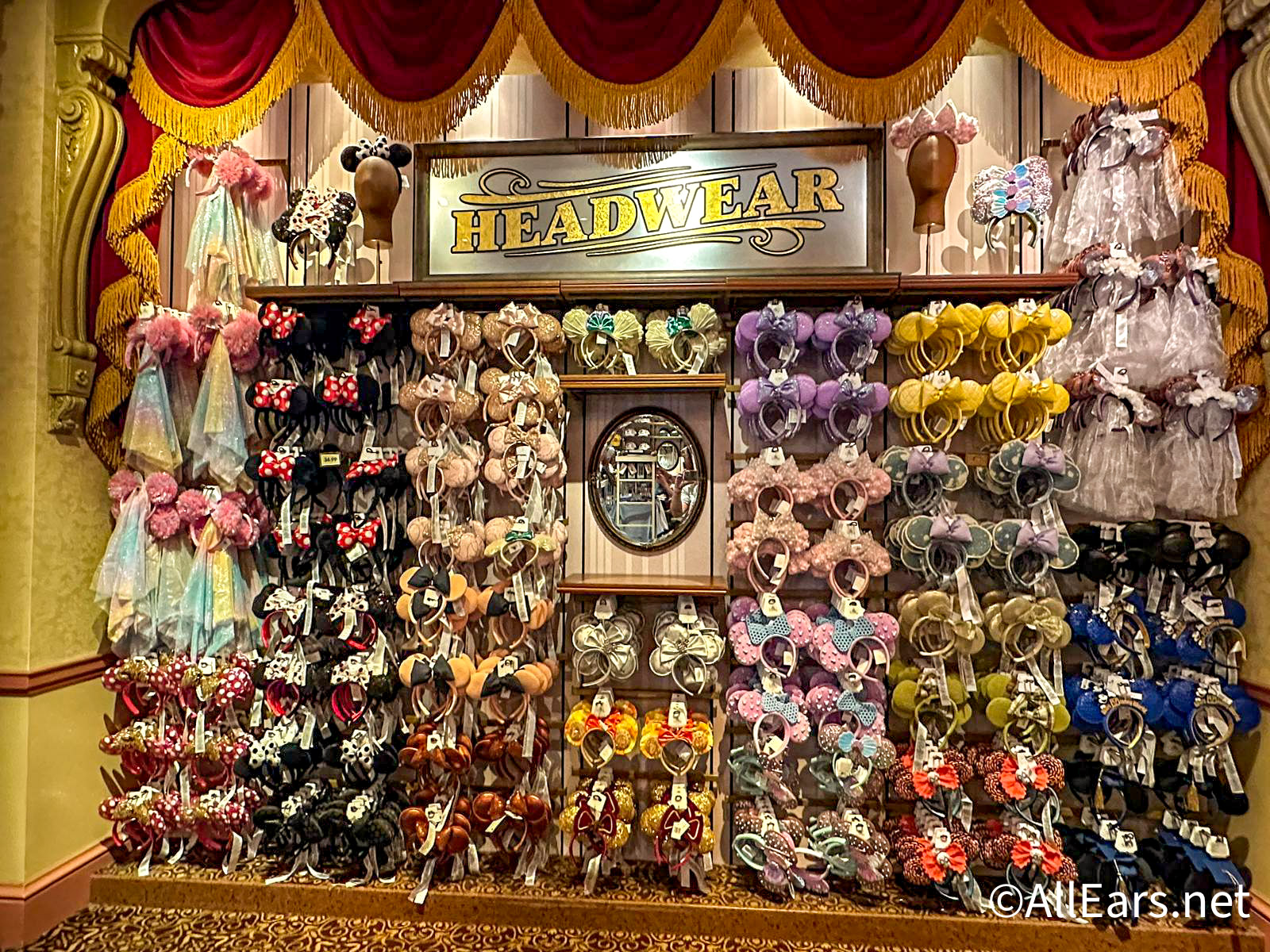
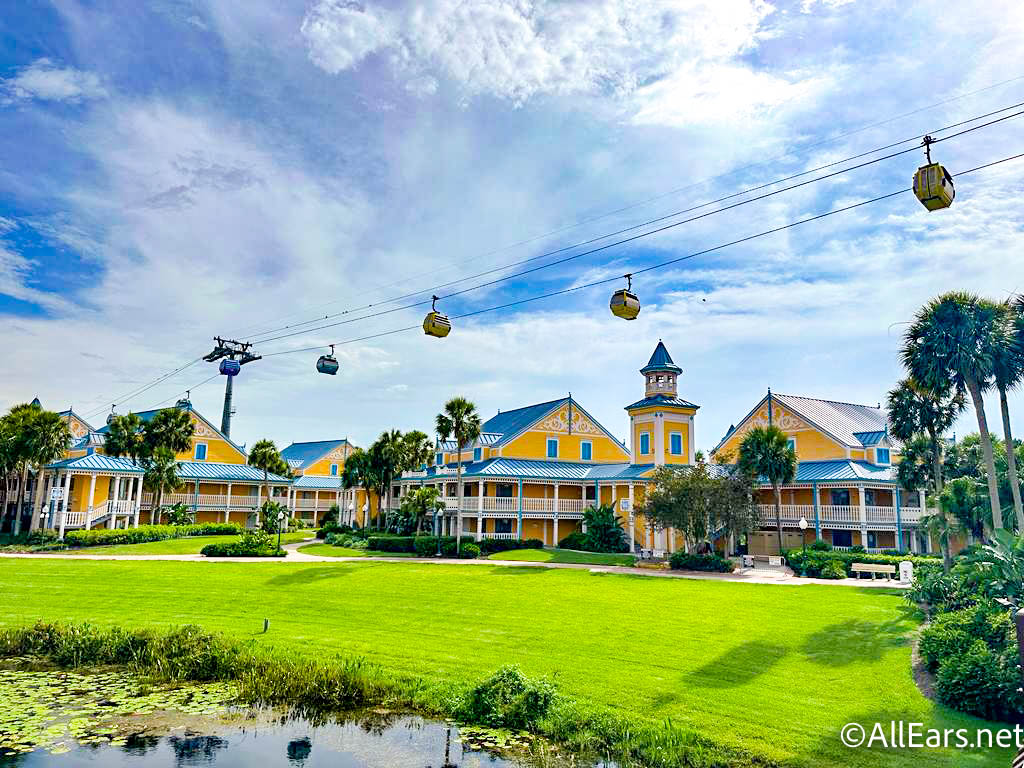
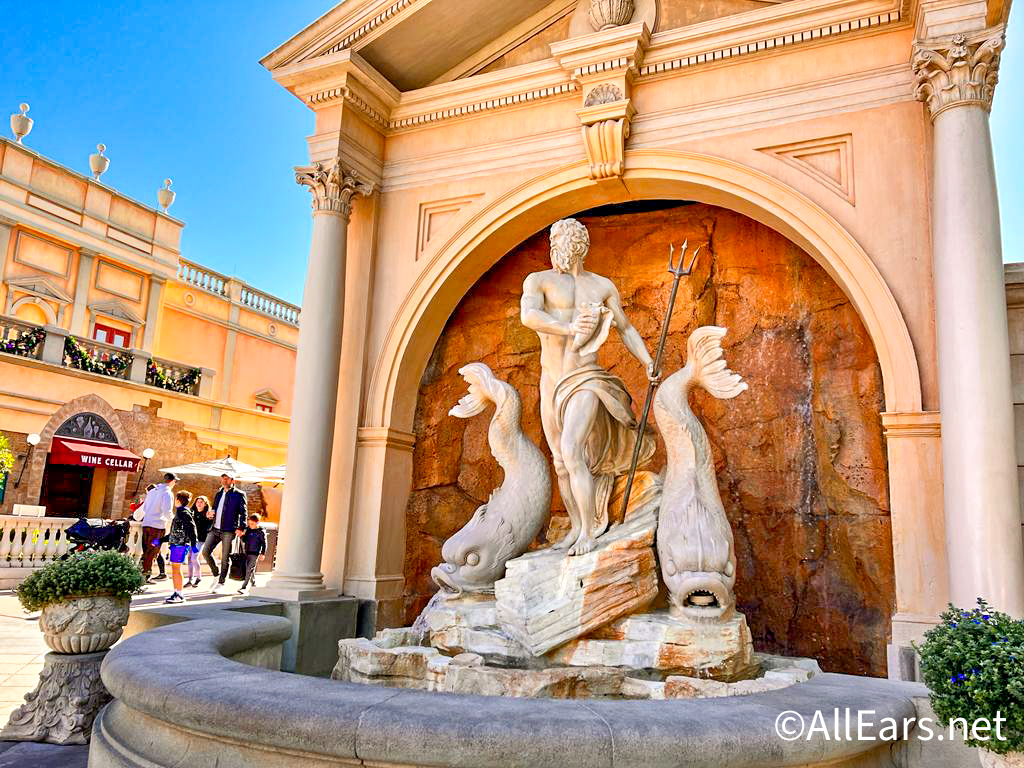
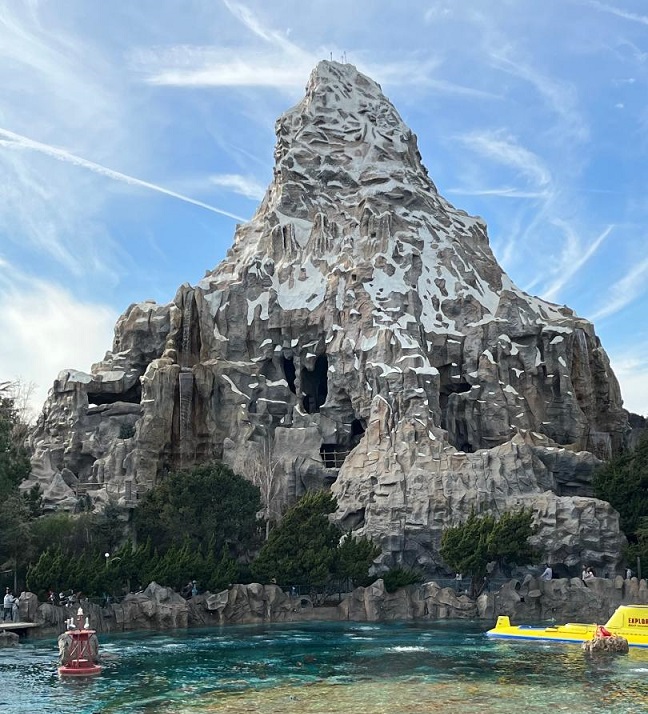
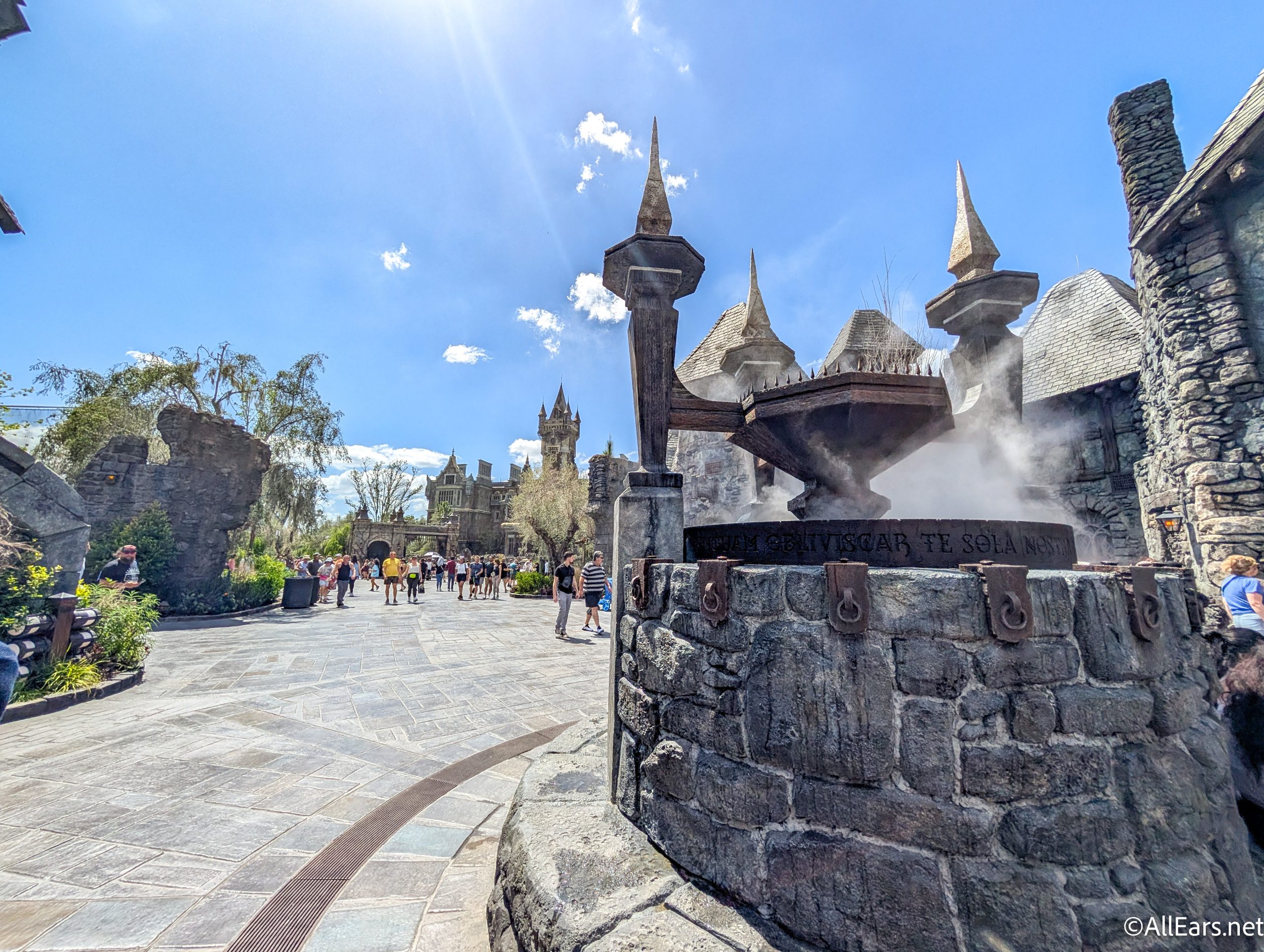
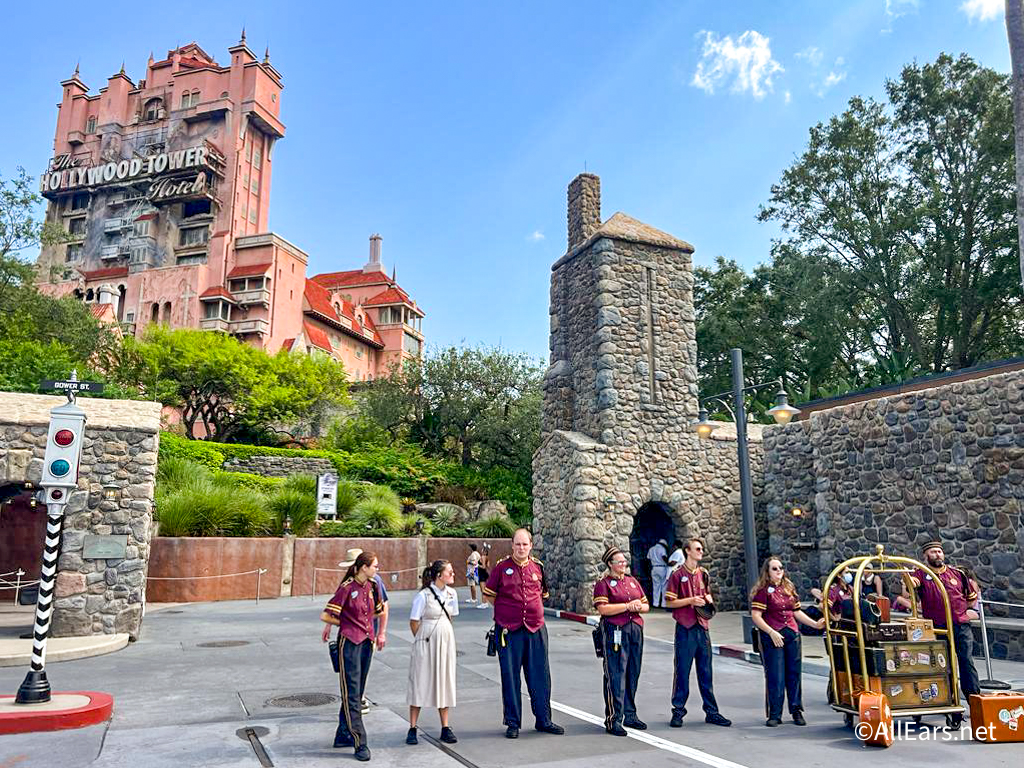
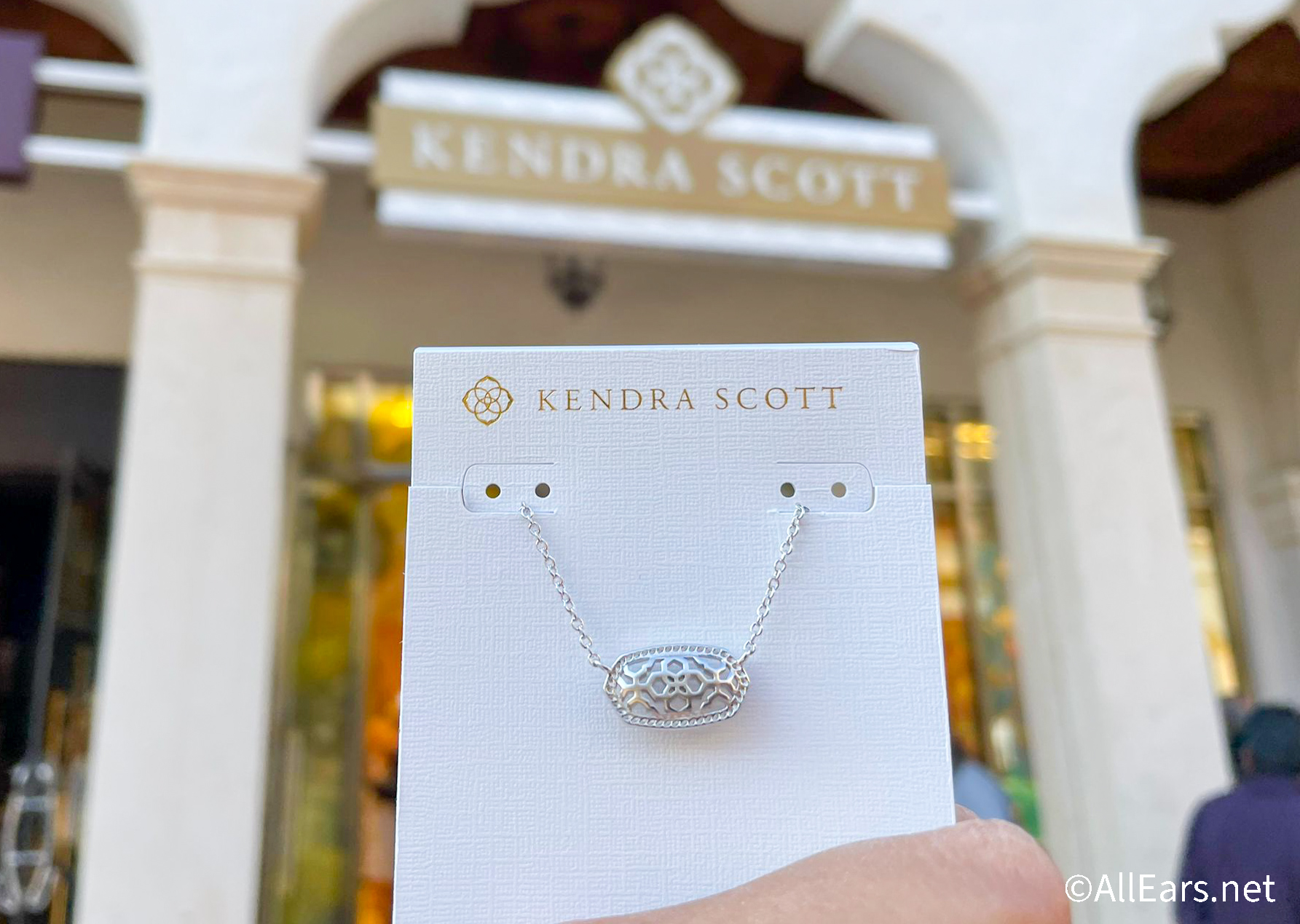
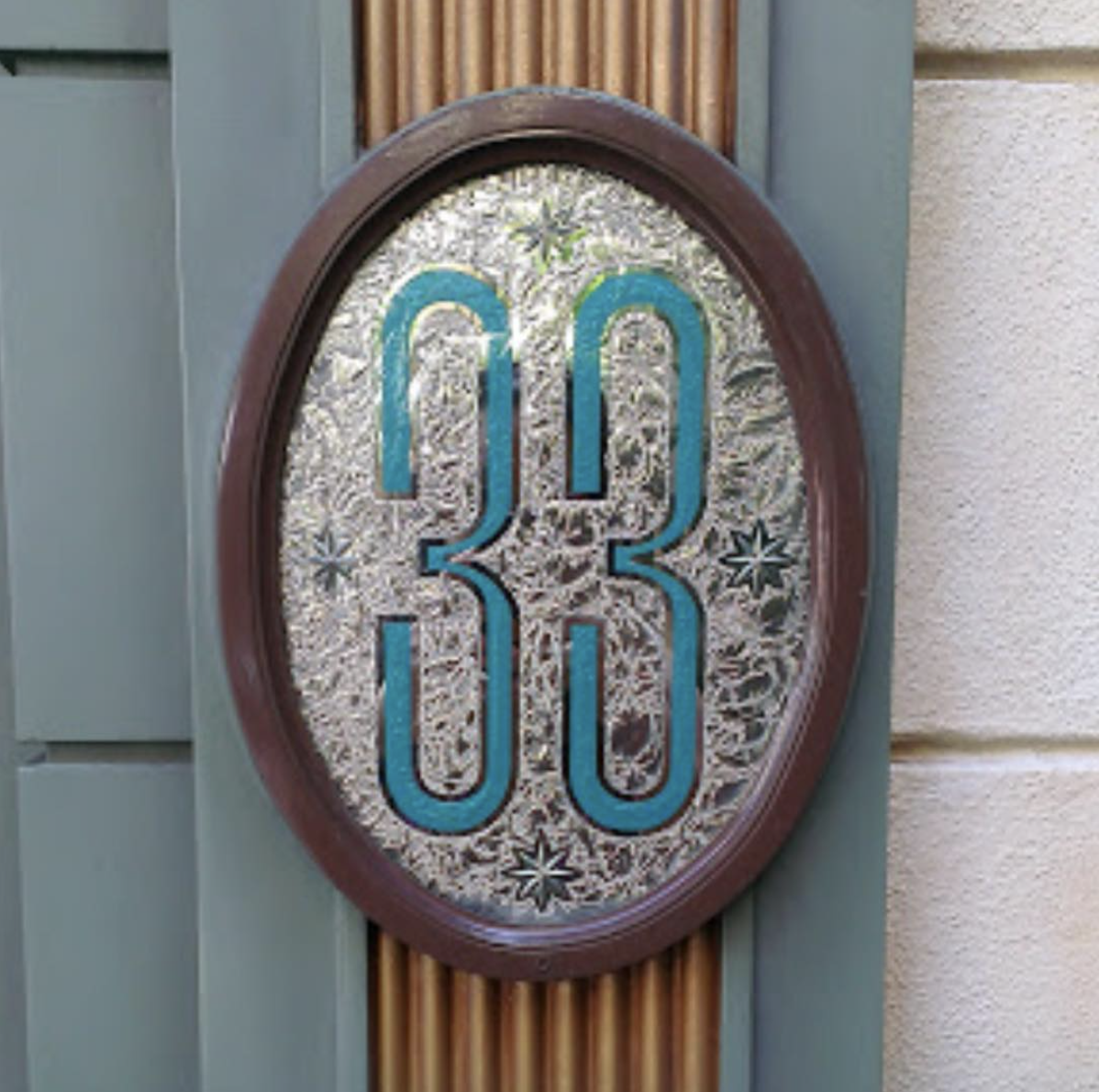

Wow how blessed you all was to be in on this.. Can’t wait to see it some day! Thanks for the write up!! 🙂
What a great article and wonderful story! While the cynic in me says Disney surely did this initially as a cost-effective way to handle the mitigation, the nature-lover says who cares why? The end result is a fantastic example of what can be accomplished when a company thinks outside the box – and was certainly a better way to handle the mitigation than trying to create new wetlands.
The swamp buggy tour sounds very interesting, but even just a hike through sounds like fun. I had no idea this place existed, so thank you for taking the time to provide all this information. This will be a must-do for our next trip!
My parents live and work here during the winter months. I am so happy you enjoyed your visit to the Preserve! It really is a beautiful place. I hope more people go and visit because of your article. Thanks for writing it.
Wonderful article. If I am ever able to have an extended trip to FL, this is on my list of things to do.